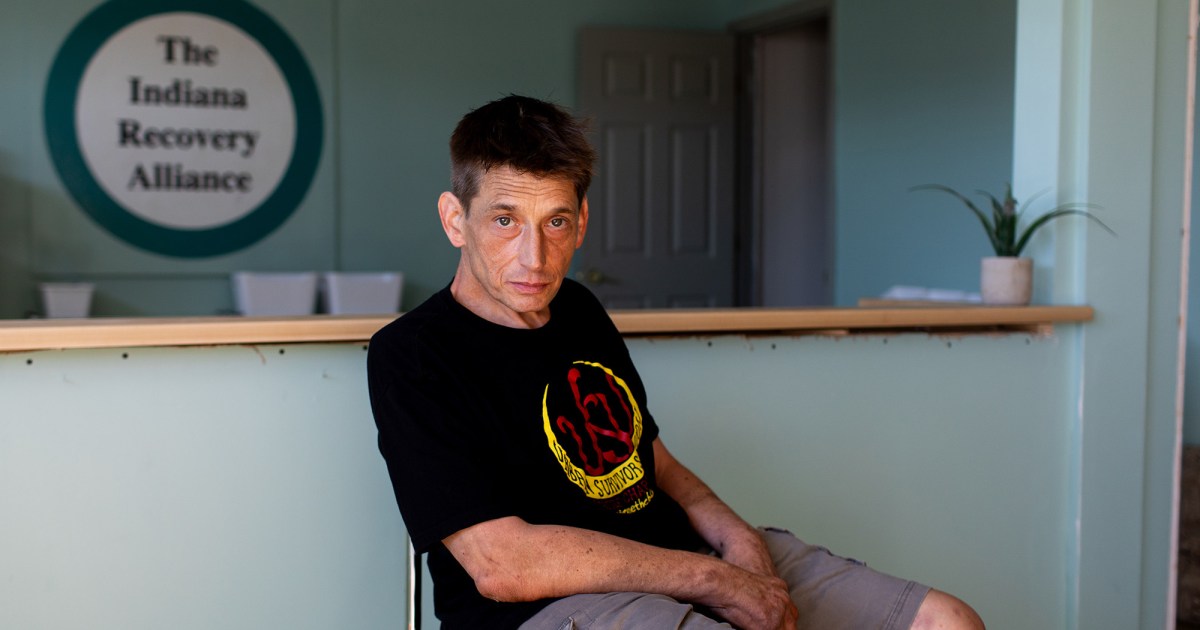Every morning, Nick Voyles jumps in his car and hustles to a methadone clinic in a nearby strip mall. As he walks up to the glass partition that separates him from the nurse—and his daily dose of America’s most regulated drug—his mind starts racing: What if this takes forever and I’m late for work? What if I can’t pee while I’m being watched? “I’m scared the entire time,” he says. “I’m called to the window and I’m just waiting to see what will happen.”
For Voyles, the executive director of the Indiana Recovery Alliance, a harm-reduction organization based in Bloomington, methadone has been a lifesaver and a stabilizer. “I bought a house. I married the woman I love,” Voyles told me on a rainy day as we sat on mismatched couches in the group’s office. “I raised a child. I’ve got a career.”
Despite well-established benefits—it reduces overdose deaths by as much as 59 percent—and low risks, methadone is the only prescription drug that doctors cannot call into a pharmacy and is solely available through segregated clinics. Unless they’re granted the “privilege” of take-home doses, people have to travel to the clinic every day or risk going into withdrawal. In the 30 years Voyles has been on methadone, he’s missed many Christmases with his family in Texas. Since he couldn’t get take-homes, he wasn’t at his mother’s bedside when she was diagnosed with cancer. He’s driven to clinics an hour away and shown up two minutes after dosing hours have ended to be turned away at the door.



People take it for 30 years??
The purpose of methadone treatment is to avoid relapse to heroin or fentanyl. People continue to take it until the risk of relapse is very low. That can be a long time.
Not an expert but I was under the impression that this is something you’d be stuck with for life